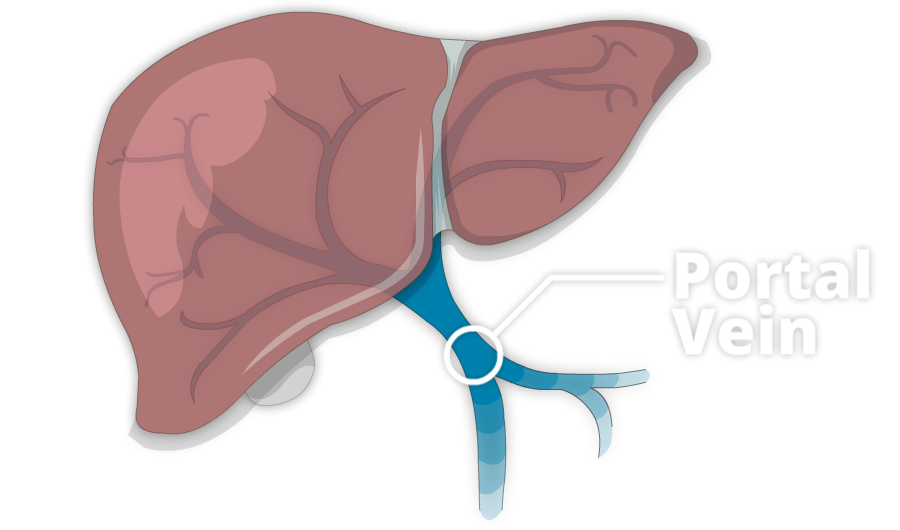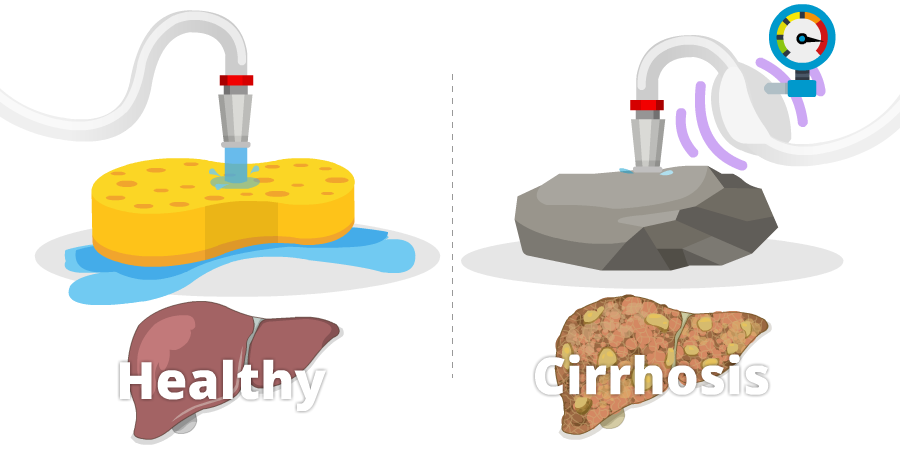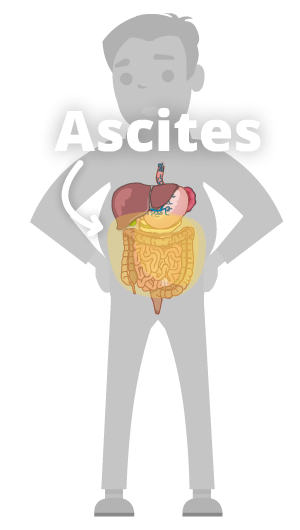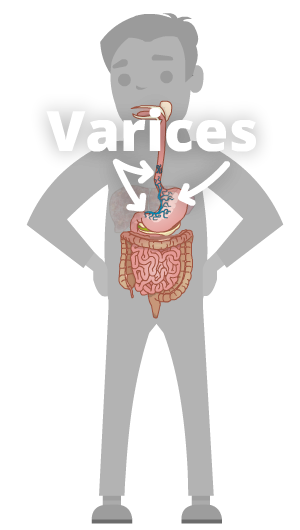
A healthy liver is soft, like a sponge. It gets most of its blood supply from a large blood vessel called the portal vein.
When the liver is soft, blood can flow into it easily, like water from a hose pouring into a sponge. Imagine that sponge gets hard like a rock. Water from the hose can’t flow in as easy and pressure builds up in the hose. Just like the hose, pressure in the portal vein can build up when the liver becomes hard and blood can’t flow into it very well.
This condition is called portal hypertension

To relieve pressure in the portal vein, the blood takes detours around the liver in other veins. Some of these veins are in the esophagus, the tube that carries food from your mouth to your stomach. Other veins are in the stomach.
The increased pressure can also makes your spleen bigger. One of the jobs of the spleen is to control the number of platelets you have in your body. Platelets help your blood to clot. When the spleen gets bigger and can’t do its job properly, you may notice you bruise more easily or it takes longer to stop bleeding.

Portal hypertension is important because it can lead to major complications of cirrhosis like ascites and varices.
References:
The information on this page was adapted (with permission) from the references below, by the Cirrhosis Care Alberta project team (physicians, nurse practitioners, registered nurses, registered dietitians, physiotherapists, pharmacists, and patient advisors).
This information is not intended to replace advice from your healthcare team. They know your medical situation best. Always follow your healthcare team’s advice.
References:


